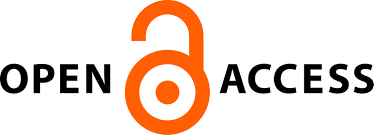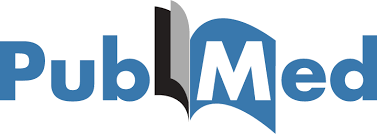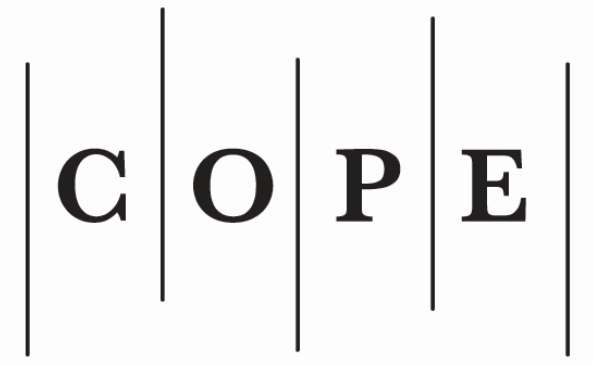Overview of Financial Contagion Channels in the Banking Sector of Baltic States
##plugins.themes.bootstrap3.article.main##
Abstract
Abstract
This article aims to determine and analyse the main features of channels of financial contagion in the banking sector of Baltic States. The most relevant channels seem to be the risk of common lender, the channel of real estate prices the channel of other macroeconomic shocks and the channel of volatility. This paper contributes to the further analysis of internal and external causes of financial crisis and its transmission channels in banking sector in Baltic States.
Purpose To indicate and explain main problems related to the systemic risk and the channels of financial contagion in the banking sector of Baltic States.
Design/methodology/approach – general overview of research papers presenting concepts and methodologies of assessment of systemic risk of the banking sector, statistical analysis of financial data.
Findings determination of the main channels and extent of financial contagion that are relevant to banking sector of Baltic States.
Research limitations/implications – the lack of information concerning the liquidity and asset structure of banking sector of Baltic States and the real estate prices in Baltic States. The most common problem analysing the financial contagion and systemic risk is the lack of information (especially about the structure of liabilities and assets of financial institutions, its maturity) and the changing new banking regulatory conditions. Due the lack of data it is impossible to create stable and reliable statistical models describing the stochastic behaviour of financial contagion. We do not take into account the political factors concerning the reforms of financial market supervision that have also the impact on financial contagion and systemic risk ant the point of view to Baltic States of foreign investors. The findings of this article should ground the macro-prudential policy in the small countries of supervising institutions focussing on the external factors.
Practical implications – identification of the channels of external and internal negative shocks to the banking sector of Baltic States; useful not only for the banking executives providing business trends and officers of supervising institutions that should use not only Basel III requirements, identifying potential sources of risk in the near future, but for the rest part of society, both ordinary citizens and entrepreneurs having current accounts and deposits in banks.
Originality/Value – modelling of systemic risk and analysis of instability causes of the banking sector applying reliable quantitative methods in Lithuania are not sufficiently developed and is impossible without knowing the mechanisms of transitions of external and internal shocks on banking sector. Researchers have provided an exhaustive analysis of contagion and channels of contagion in global extent or in another cases and regions. The banking sectors of the Baltic States are essentially controlled by the same foreign banking groups, so the international financial groups' liquidity problems could spill over to other banks in the Baltic States. This case is not exhaustively analysed by other researchers. This paper is one of the first attempts to describe and assess quantitatively the financial contagion in Baltic Stats. The deep dependence of banking institutions in the Baltic States on their investors means not only the simple attraction of capital flows but additional risk that can arise due to the lack of liquidity or panics of patronizing financial institutions. The findings of this article should ground the macro-prudential policy focussing on the external factors.
Research type: literature review, general review.
##plugins.themes.bootstrap3.article.details##
- The Author grants to the Publisher the exclusive right and licence to publish this Article without remuneration until the expiry of the economic rights: to reproduce the article in print and digital form, including its publication; to disseminate the original version of the Article or its copies in Lithuania and foreign countries; to translate the Article; to publish the article, including making it publicly available via computer networks; to reproduce and publish the Article in Lithuanian and foreign databases; to licence usage of the Article in ways described in this paragraph.
- The Author warrants that the economic rights of the Author have not been assigned or granted to third parties, that the Article has not been published so far and is not under consideration of being published elsewhere.
- The Author warrants that the Article does not violate intellectual property rights of others.
- After the Article is published in Social Technologies the Author shall have a right to make it public on personal website or on a website of an institution of affiliation, to reproduce it for non-commercial teaching or scholarly research purposes, clearly indicating that the primary source of its publication is Social Technologies.
- This consent shall be considered invalid if the Editorial Board of the Social Technologies decides not to publish the Article.
Authors contributing to Social Technologies agree to publish their articles under a Creative Commons Attribution 3.0 Unported (CC BY 3.0) Licence, allowing third parties to share their work (copy, distribute, transmit) and to adapt it, under the condition that the authors are given credit, and that in the event of reuse or distribution, the terms of this licence are made clear.







